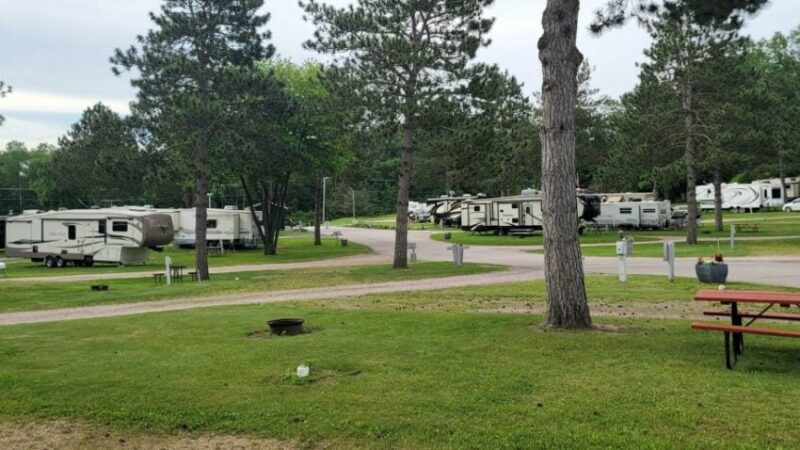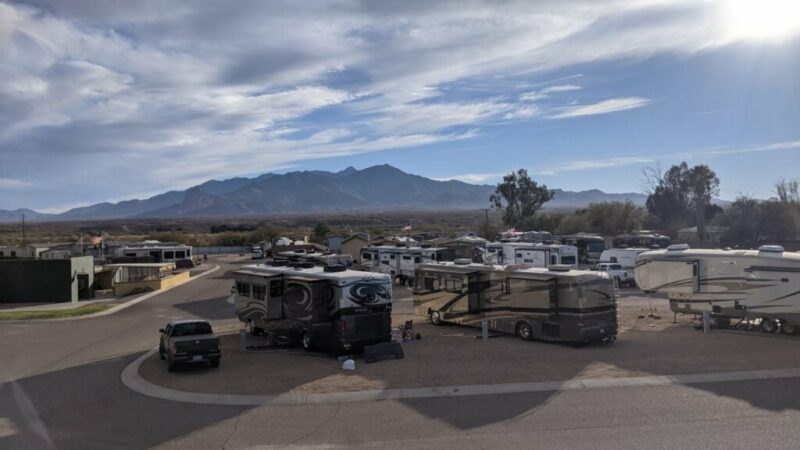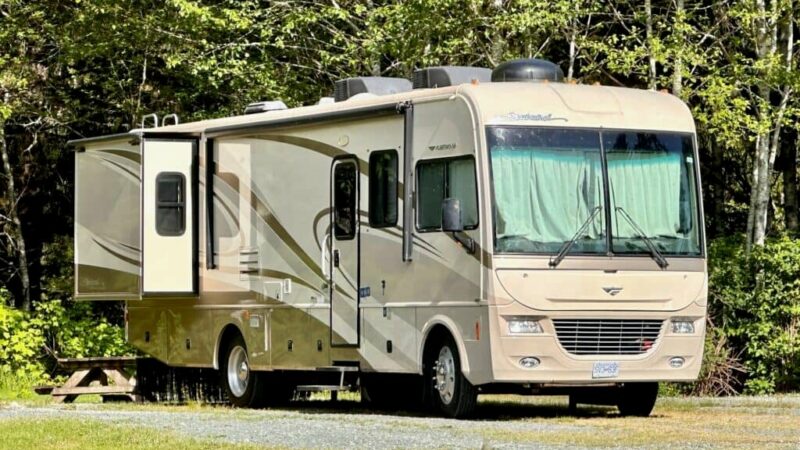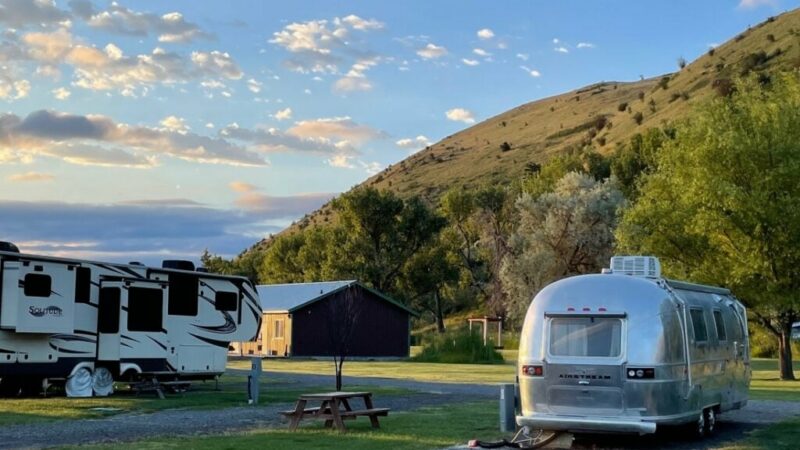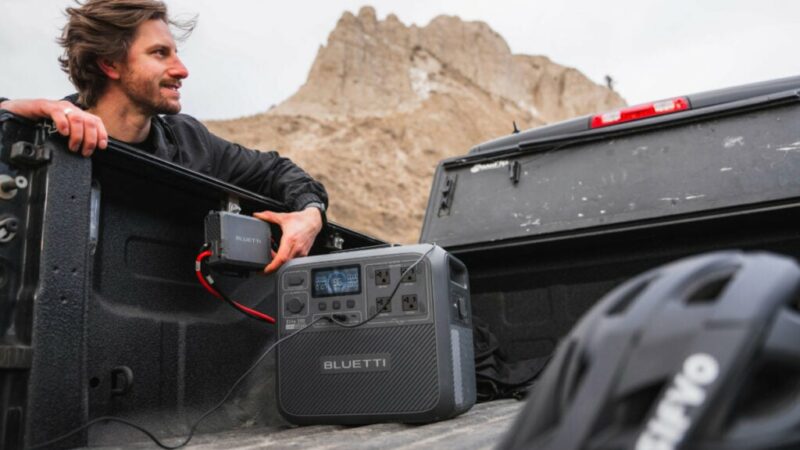The RVer’s Guide To Getting Your Rig Ready to Roll
Getting Your RV Ready For The Open Road
The summer adventure season is coming to a close. But, fear not: Fall awaits! There’s no better time to unleash your inner nomad and take off on what could well be the greatest RV road trip ever. However, having RV issues can really suck when you’re in the middle of a great adventure. That’s why it’s always essential to make sure your RV is well maintained and ready for action before you hit the road.
A little preparation will go a long way toward reducing RV problems when you’re on the road. Whether you have a travel trailer, a fifth-wheel, or a motorhome, this comprehensive guide is designed to help ensure your travels are carefree and fun.
Give Your RV A Pre-Trip Check Up
Before you go anywhere with your RV, you’ll need to make sure that everything is mechanically sound and working properly. Giving your RV a thorough pre-trip check up before you hit the road will help you to fix issues so they don’t escalate and surprise you right when you’re depending on your RV to be a reliable home on wheels. If you don’t feel confident doing this work yourself, seek out a certified RV Technician to do a pre-trip check over for you. Here’s a checklist of items to check before you go anywhere.
Exterior Components
- Automatic leveling system
- Batteries (house and chassis)
- Check fluid level
- Check condition
- Brakes
- Check for worn parts such as pads and brake calipers
- Ensure all components of braking system on toad are functional
- Chassis and/or frame
- Check for cracks, separation, excess rust
- Lubricate as needed
- Top up fluid levels as needed
- Get scheduled and routine maintenance done
- Tighten any loose nuts
- Electrical cables and surge protector
- Fluid levels
- Oil
- Transmission fluid
- Coolant
- Windshield washer fluid
- Brake fluid
- Freshwater tank
- Avoid overloading your RV and save fuel costs by filling your freshwater tank with just enough water to last until you reach your destination
- Generator fluid levels and functionality
- Hitch components
- Ensure all hitch components are functional
- Lubricate as necessary
- Leveling Jacks
- License plates
- Lights
- Propane tanks and components
- Check for leaks
- Refill if necessary
- Roof and roof extrusions like A/C housing etc.
- Seals
- Side walls: Check for delamination
- Tires (including spare tire)
- Check for wear and tear
- Check the date stamp on the sidewall of your RV tires-even if they look good, RV tires should be replaced every 4-6 years
- Check air pressure and inflate to the manufacturer recommended tire pressure
- Wheel bearings
- RV trailers should have wheel bearings repacked every year. It’s an easy job that requires a marginal level of handiness
Interior Components
- Air Conditioner(s)
- Check operation of slideouts
- Check propane system for leaks
- Electrical components: Check for loose wiring and make sure lights are working
- Ensure there are 3–5 gallons of water in black tank
- Fill freshwater tank with enough water to last until you get to a potable water supply close to your destination
- Lubricate windows
- Pre-cool RV fridge and freezer
- Water pump
Prepare For Emergencies
The old saying “If anything can go wrong, it will go wrong” often holds true. Being prepared for the worst is always a good plan. Before you leave on your road trip, make sure you have these things:
- Check functionality of fire extinguishers, smoke detectors, carbon monoxide detector and propane leak detector
- Consider investing in a GPS or satellite locator if you venture off the beaten track.
- First-aid kit: Check inventory of supplies and restock
- In the US, purchase a NOAA weather radio to find out about weather and environmental hazards along your route. In Canada, click here find out about weather and environmental hazards.
- Make sure someone knows where you’re headed.
- Roadside assistance plan
Packing Essentials
When it comes to packing, everyone has their own preferences. However, here’s a packing list of basic creature comforts that you won’t want to leave behind. Be sure to stay under your RV’s cargo carrying capacity as well as the towing capacity of your tow vehicle when you’re
- Beverages
- Camping chairs
- Clothing
- Cookware
- Dishwashing liquid
- Disposable plates
- Extra RV fluids (oil, coolant, transmission fluid, distilled water, etc)
- Fire-making tools
- Food
- Games and activities
- Insect repellent
- Paper towels
- Portable battery charger
- Roasting sticks
- Toilet paper
- Toiletries
- Tools for RV repair
- Towels
- Utensils for eating
Planning Your Road Trip
Apps make it easy to plan a road trip adventure, but having an RV road atlas on hand allows you to view your route, even when you can’t pick up a cellular signal. Here is a list of road trip planning tools that are essential to planning the perfect road trip.
- RV Life Trip Wizard: This app is filled with fantastic features, like RV-friendly, turn-by-turn directions, local attractions, places to overnight, weather conditions, and even elevation and gradient information
- RV Life Campgrounds: Choosing the right campground is important. It can be the difference between a simple RV trip and an RV trip to remember. RV LIFE Campgrounds allows users to discover things like campground photos, reviews, amenities, and even internet speeds.
- Harvest Hosts: With Harvest Hosts and Boondockers Welcome memberships, access unique RV camping spots at 9,000-plus wineries, farms, breweries, golf courses, unique attractions, and private properties that invite RVers to visit and stay overnight with no camping fees.
- A road atlas such as the National Geographic RV & Camping Edition
Pre-Departure Checklist
- Let someone know where you’re going
- Disconnect from shorepower and store cable
- Disconnect freshwater hose and store
- Close and lock exterior cabinets
- Retract awning
- Retract slideouts
- Retract stabilization jacks
- Hitch trailer to vehicle (or dinghy to motorhome), if applicable
- Connect lights, brakes, safety chains and breakaway cable
- Make sure the fridge is off. RV fridges are designed to keep food cool at least 4–6 hours after they are turned off, and can be damaged or ignite if they aren’t kept on an even surface
- Make sure water heater is off
- Make sure water pump is off
- Make sure all cabinets and drawers are closed
- Check that all exterior lights on trailer (or motorhome) are operational
- With vehicle in park, remove wheel chocks
Conclusion
RVs contain most of the creature comforts of a sticks and bricks home, but they’re even better. That’s because an RV allows you to take the comforts with you wherever you go. Whether you’re exploring bucket-list destinations or visiting family or friends, RVing is the perfect way to travel. Making sure your RV is road-trip ready and sticking to a good travel plan are the best ways to avoid problems while you unleash your nomadic wanderlust.
The post The RVer’s Guide To Getting Your Rig Ready to Roll appeared first on RV LIFE.
Source: https://rvlife.com/the-ultimate-guide-to-getting-your-rv-road-trip-ready/


